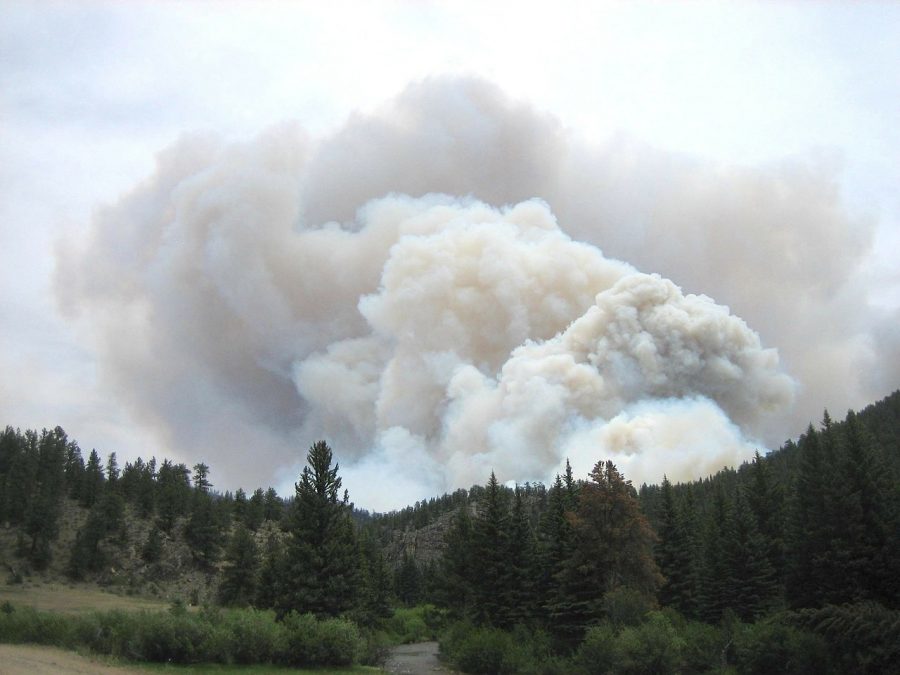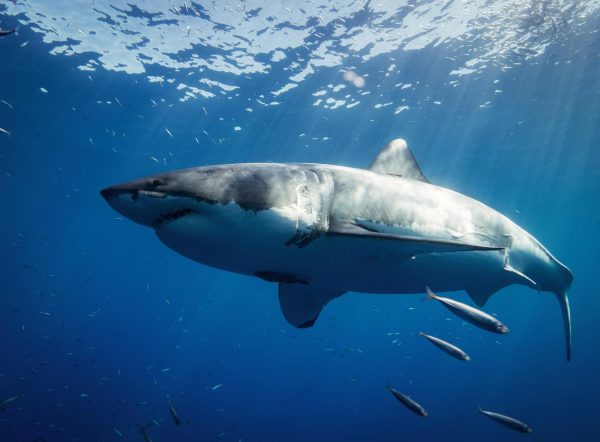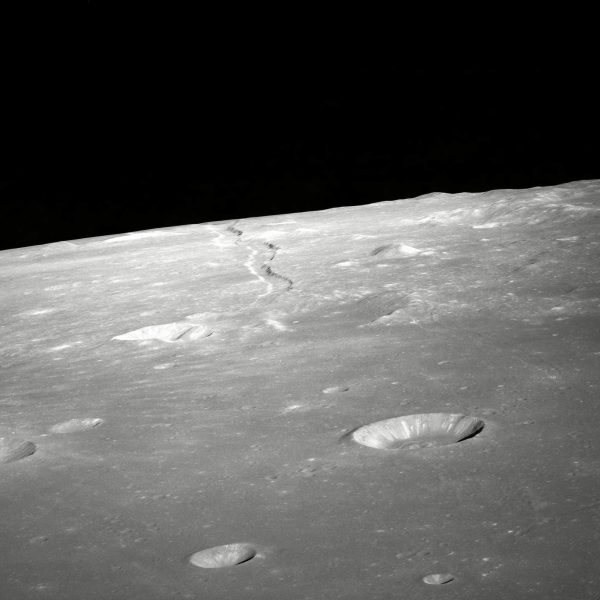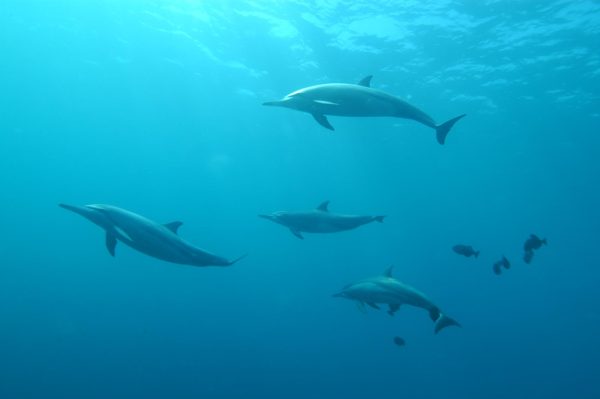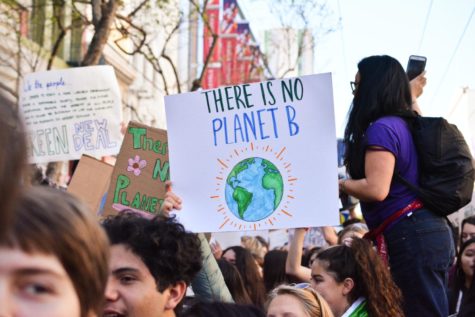Congrats for Climbing Carbon Dioxide Levels
October 9, 2016
In the year 1900, the global average of atmospheric carbon dioxide was 295.7 ppm. As of August 2016, Earth’s atmospheric carbon dioxide level was 404.07 parts per million (ppm). Congratulations to all: We have officially claimed the record for having the highest atmospheric CO₂ concentration in human history. Our prizes?
First: Global temperature change. Simply put, carbon dioxide traps heat. Thus, as carbon dioxide levels increase, the global temperature increases as well. The average annual temperature of 1900 was -0.15℃ . The most recent temperature assessment, taken in 2015, indicated an average global temperature of 0.87℃. This rate of warming is ten times faster than Earth’s average rate of ice-age-recovery warming. Moreover, the rate of temperature increase for the coming century is predicted to be 20 times faster.
The impact? Ice sheets in the Arctic, Antarctica, and glaciers around the world are vanishing at astounding rates. Greenland ice sheets are currently receding at a rate of 150 to 250 cubic kilometers a year. Global sea levels have risen approximately 17 centimeters in the past century. The number of record high temperatures has drastically increased in the past fifty years. Still, each of these effects is merely the first domino in front of a mile-long chain. The worst ecological damage is yet to come.
Our second prize: Ocean acidification. About a quarter of all carbon dioxide emissions is absorbed by the ocean, resulting in chemical reactions that reduce pH levels. The proof: Since the Industrial Revolution, ocean acidity has increased by 30%.
This change in ocean acidity is already affecting marine life. Coral reefs build their skeletons out of calcium carbonate. These skeletons not only provide support for the creatures themselves, but also a home for many other organisms. An acidic ocean corrodes the existing coral skeletons, thus slowing the overall growth process. By 2050, scientists hypothesize that this rate of corrosion may surmount the rate at which the corals can rebuild themselves, potentially devastating coral reef populations. In addition to coral reefs, shelled marine organisms, such as clams, oysters, and mussels are also being affected. Like the coral reefs, a more acidic ocean hampers their shell-making process. Mussels, in particular, are expected to grow a 25% thinner shell by 2100. A weaker shell increases these organisms’ chances of being crushed or eaten.
Concentrations of carbon dioxide in the atmosphere are 142% of what they were before the Industrial Revolution. Emissions are increasing and will continue to do so. We have only just begun to receive the prizes of this hard-earned accomplishment.


